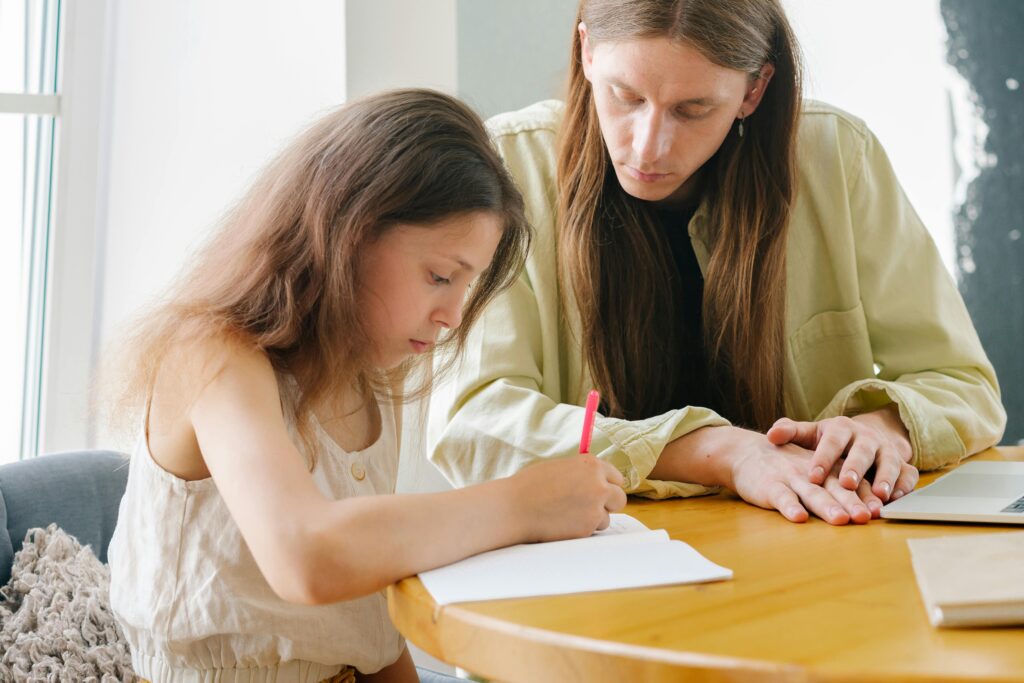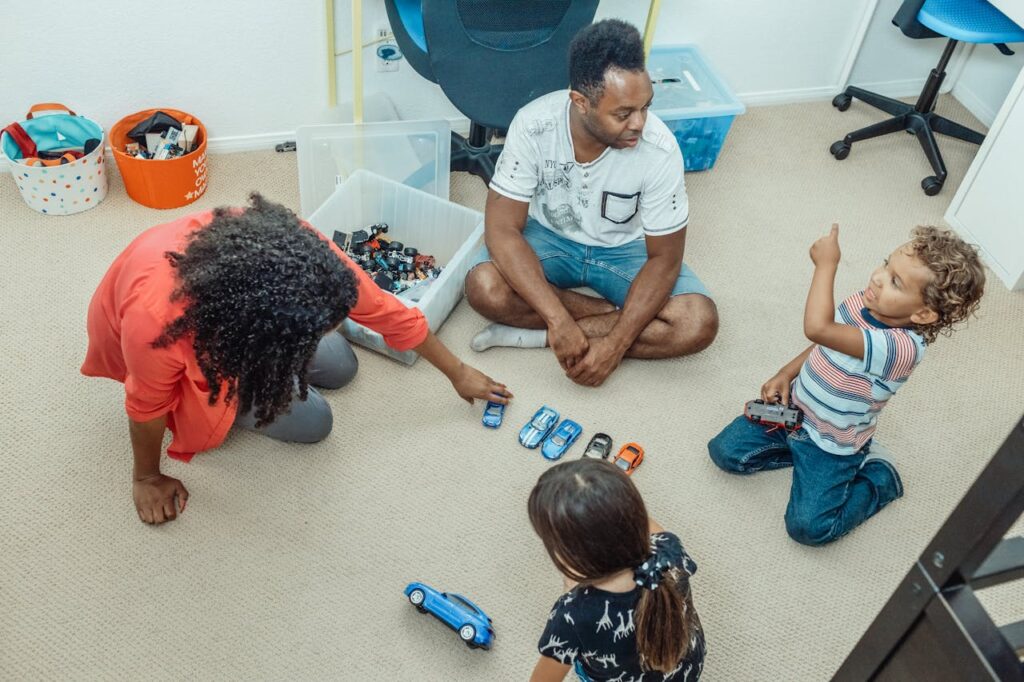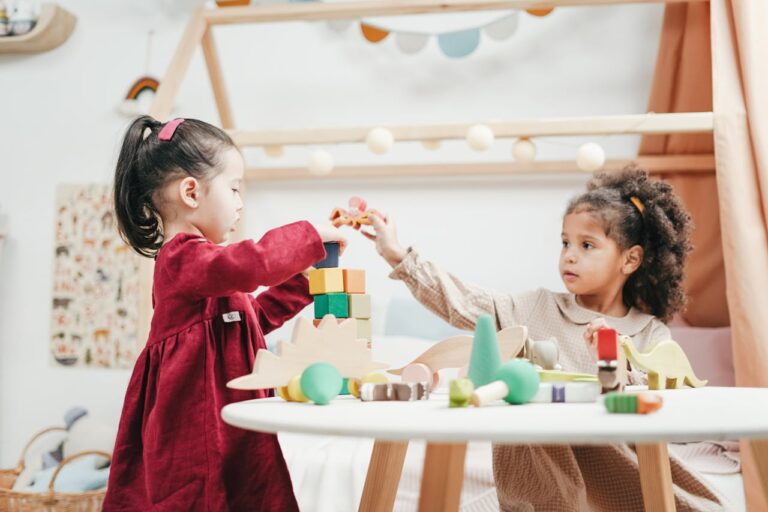How to Teach Kids About Empathy and Kindness: Fun Tips for Parents

Teaching kids about empathy and kindness is essential in helping them navigate their social worlds with compassion. By fostering these qualities early on, you set them up for healthier relationships and a more positive outlook on life. These skills can turn everyday interactions into meaningful connections, benefiting both your children and those around them.
As children grow, understanding how to relate to others becomes increasingly important. They’ll face various social situations, and your guidance in developing empathy will help them respond to others with thoughtfulness and respect. Focusing on kindness can create a ripple effect, influencing their peers and shaping a more supportive environment.
Discuss Feelings Openly with Your Kids

Talking about feelings is crucial for developing empathy. When you discuss emotions with your kids, it helps them understand their own feelings and those of others.
Encourage them to express what they feel instead of hiding it. Ask simple questions like, “How did that make you feel?” This opens the door for a deeper conversation.
Share your own feelings too. If you’re having a tough day, tell them. It shows that everyone has emotions, and it’s okay to talk about them.
Using stories or examples can make this easier. Discuss characters in books or movies and how they might feel in different situations. This helps kids connect and understand empathy better.
Show empathy through your own actions

Kids often learn by example. When you show kindness and understanding, they take note.
Modeling empathetic behavior is key. Whether it’s helping a neighbor or listening to a friend, your actions speak louder than words.
Talk about your feelings openly. Sharing how you feel in different situations helps kids recognize emotions in themselves and others.
Encourage conversations about kindness. Discuss why it’s important to be compassionate and how it affects those around us.
Small gestures matter. Simple acts like sending a thank-you note or complimenting someone can teach kids the value of empathy.
Encourage role-playing different perspectives

Role-playing is a fun way for kids to step into someone else’s shoes. It helps them understand how others might feel in various situations.
Try setting up simple scenarios where they can act out different roles. For example, one child can be a teacher, while another plays a student.
You can also use stories or books to inspire role-playing. After reading, ask your child to imagine how the characters feel and why. This makes empathy come to life!
Encouraging kids to express these emotions during play fosters kindness and compassion. They’ll learn to respond to others with care and understanding.
Use Drawing to Express Emotions

Drawing can be a fun way for kids to express their feelings. When kids pick up a crayon or pencil, they can turn their emotions into something visual. It helps them understand what they’re feeling and communicate it better.
Encourage your child to draw when they’re happy, sad, or even confused. You might find they create colorful pictures for joyful moments or dark shades for tough times. This also opens up conversations about their emotions.
Art can spark discussions about empathy. Use their drawings as a starting point to talk about feelings and kindness. Seeing their emotions on paper can make it easier for them to connect with others.
Read books about empathy and kindness

Reading together is a great way to teach kids about empathy and kindness. Books can introduce them to different perspectives and experiences.
Choose stories that highlight friendship and caring for others. For example, “Milo Imagines the World” can help kids connect with those from different backgrounds.
You can also explore lists like Books That Teach Empathy for more options.
Engaging books with colorful illustrations and relatable characters make the lessons stick. Consider reading aloud to spark discussion and make it interactive.
Praise Kind Actions When You See Them

When your child does something nice, let them know! A quick “Great job being so helpful!” reinforces that positive behavior.
Specific praise can make a real difference. Instead of just saying “good job,” mention what they did, like, “I loved how you shared your toys today.” This helps them understand what kindness looks like and encourages them to keep it up.
Kids thrive on recognition. When you celebrate these moments, you’re teaching them that kindness matters. Your encouragement lays the groundwork for a more empathetic outlook in the future.
Play empathy-building games

Playing games designed to build empathy can be a fun way for kids to connect with others. These activities encourage kids to step into someone else’s shoes and see things from their perspective.
Try interactive games like role-playing scenarios where kids can express feelings and understand different viewpoints. Simple activities like charades can also help them recognize emotions through body language.
Consider incorporating digital tools and apps that promote empathy through engaging challenges. These resources can make learning about kindness exciting and relatable.
Teach Active Listening Skills

Teaching your kids active listening is a great way to foster empathy. Encourage them to focus on what others are saying. This helps them understand different perspectives.
You can practice this at home. When your child speaks, ask them to repeat back what they’ve heard. This shows that you value their thoughts, making it easier for them to do the same.
Use fun activities to reinforce these skills. Games that require listening and responding will keep them engaged. It’s all about making listening a habit.
Model active listening yourself. Show your kids that paying attention and asking questions leads to more meaningful conversations. This is a simple yet powerful way to teach empathy.
Use Kind Words and Language at Home

Making kind words a part of your daily conversation sets a powerful example for your kids. When you communicate with empathy and care, they’ll learn to mirror that behavior.
Try to point out kind acts when you see them, even in everyday situations. Reinforce the idea that small gestures matter.
Encourage your kids to express their feelings using kind language. This helps them articulate their emotions while promoting understanding among family members.
Use “what if” scenarios to stimulate discussions around empathy. Ask questions that challenge them to think about how others might feel.
With practice, these simple habits can turn your home into a nurturing space where kindness thrives.
Share Stories of Compassion

Sharing stories of compassion can really help kids understand empathy. Find age-appropriate books that highlight characters showing kindness and support to others. These narratives spark conversations about feelings and actions.
You can also watch animated short films that illustrate empathy in fun ways. For example, check out “Kindness is my Superpower,” which teaches important lessons through engaging storytelling.
Ask your children how they would feel in similar situations. This allows them to connect personally with the stories. Encourage them to share their own experiences with kindness too. It makes the lessons even more relatable.







